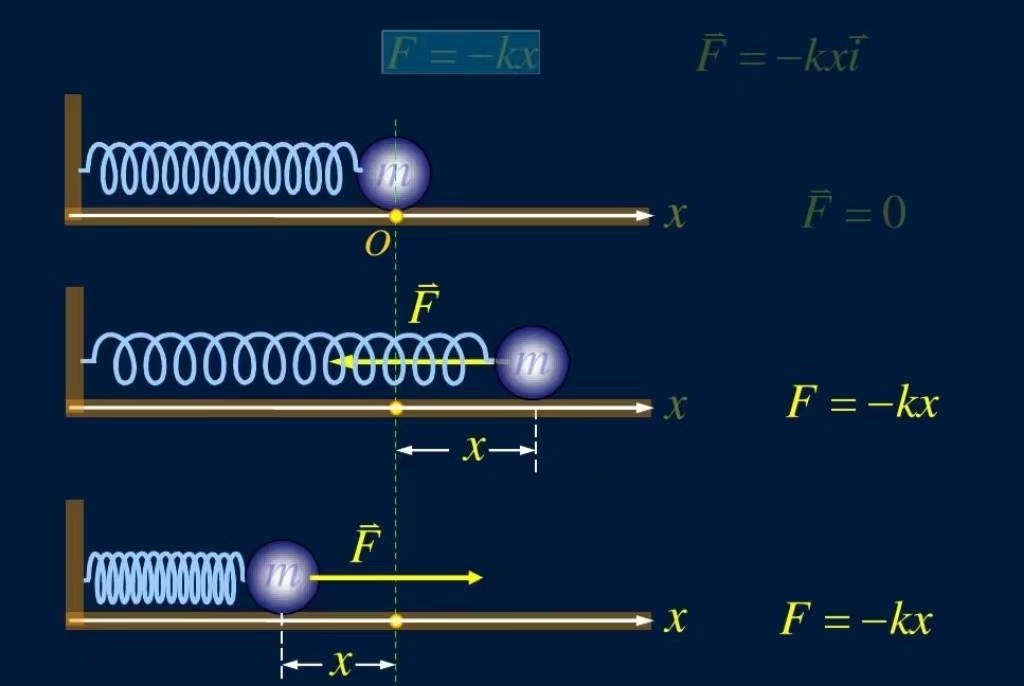
The Origin Story of Springs
Like most other basic mechanisms, metal springs have been around since the Bronze Age. Even with metals, wood was used as a structural component for flexible bows and military catapults. During the Renaissance, precise timekeeping led to the inevitable development of precision springs. The 14th century saw the revolutionary development of accurate clocks for astronomical navigation. The exploration and conquest of the world by European colonial powers continued to drive the science and art of horologists. Another field propelled spring development was firearms. As the Industrial Revolution of the 18th century approached, the need arose for larger, more precise, and cost-effective springs.
Specialized Mechanism
Given that springs were often handmade by horologists, spring mass production materialized with materials such as piano wire or similar substances. Advanced manufacturing methods made springs ubiquitous. Computer-controlled wire and sheet metal bending machines allowed for custom spring processing, clearly a specialized mechanism.
Truly springs

A spring is simply an energy storage device; it has the function of storing energy but cannot release it slowly. To achieve slow energy release, it should rely on a “spring + high gear ratio mechanism,” which is common in mechanical watches.Springs have been in use for a very long time. Ancient bows and crossbows are two broad categories of springs. The inventor of the spring in the strictest sense should be the English scientist Robert Hooke. Although helical compression springs had already appeared and were widely used at that time, Hooke proposed “Hooke’s Law”—the elongation of a spring is proportional to the force applied to it. Based on this principle, people invented the spring scale, which uses helical compression springs, in 1776. Soon after, Hooke himself also invented springs made according to this principle specifically for use in clocks. Springs that comply with “Hooke’s Law” are truly springs.
Innovative Springs

The disc spring was invented by the Frenchman Belleville . And it is a washer-like spring with a conical cross-section made of metal sheets or forged blanks. In the modern industry, in addition to disc springs, new types of springs such as gas springs, rubber springs, spiral springs, mold springs, stainless steel springs, air springs, memory alloy springs, etc., Innovative Springs have appeared.